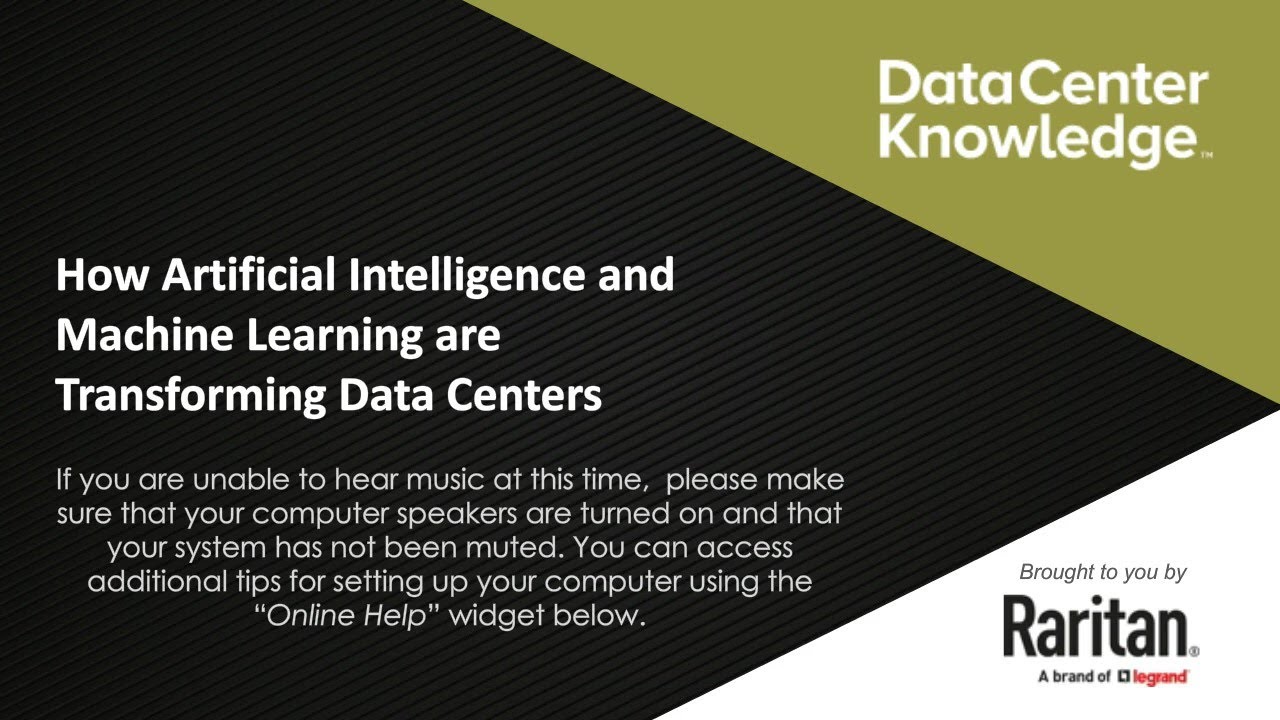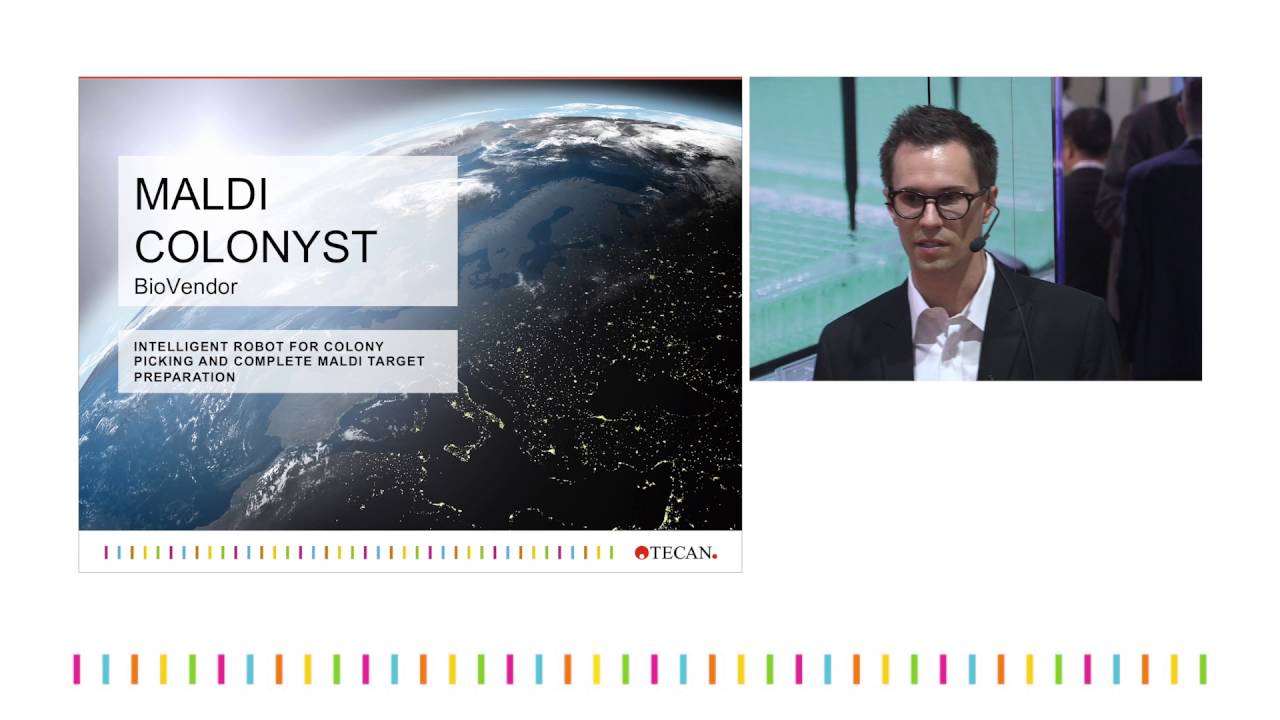Catalysts
Catalysts [http://www.catalysts.cc/] way for machine learning is different, more agile and less risky! 1) We provide full transparency into the process of algorithm selection. 2) We let the algorithms compete against each other on the real data set. 3) We adapt the algorithms to the real needs of the project.
Do you have millions or billions of data records?
Do you want to make intelligent decisions, predictions and recommendations based on your data?
Do you want a computer program to do this automatically?
Then “Machine Learning” will delight you!
The major focus of machine learning is
– To identify patterns that are hidden by complexity
– To see the information even in huge data sets
– To support intelligent decisions
Machine Learning will let you know how to perform accurately even on new, unseen data.
Today many hundred machine learning algorithms exist, which fulfill these criteria with different strengths and weaknesses.
There are different ways to approach machine learning projects with huge data sets:
Typically machine learning projects need to rely heavily on human experts.
Those experts select one or two algorithms at a very early phase in the project.
These one or two algorithms are then implemented and applied to the data.
In many cases, that’s the standard procedure – but it’s risky, since it’s too easy to make the wrong choices upfront. Betting at the beginning on the one right algorithm often leads to poor results.
The Catalysts way for machine learning is different, more agile and less risky:
1.) We provide full transparency into the process of algorithm selection.
2.) We let the various algorithms compete against each other on the real data.
3.) We adapt the algorithms to the real needs of the project.
_________________________________
1.) Select algorithms transparent:
Transparency is accomplished, when all parties involved, agree on the evaluation process.
– On the size of the training data set (e.g. 70%) from which the algorithm can learn the hidden patterns, and thereby
– On the size of the evaluation data set (i.e. the remaining 30%) upon which the algorithm is applied and shall make predictions.
– How to measure the error between the predicted and the real values.
2.) Let the algorithms compete against each other:
Various algorithms compete against each other on the real data set. Each algorithm results into slightly different predictions – and therefore different sums of prediction errors. The algorithms are ranked according to the sum of all prediction errors.
3.) Adapt the algorithms to the real needs in the project:
Typically machine learning algorithms operate on huge data sets. So the algorithms need to be extremely streamlined and scalable. For one of our customers we reduced the elapsed time of the algorithms from many hours to some minutes, which is a speedup of more than 100.
_________________________________
Catalysts has enormous know how with machine learning.
The combination of the usage of the latest technologies and Catalysts’ outstanding experience gives your next project the solid basis for your success.
Source



